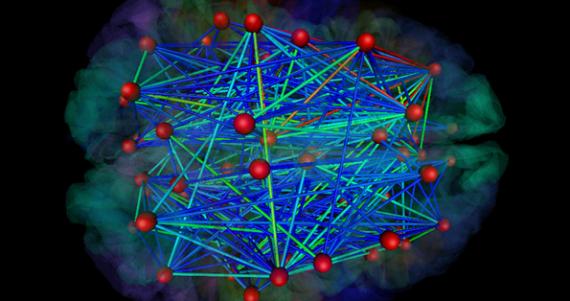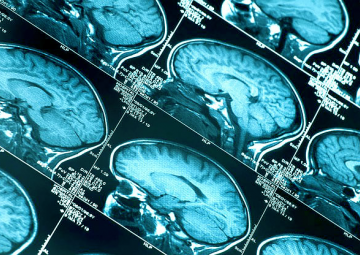
Description
Traditionally, the study of the relationship between brain structure, brain ageing and associated neuropsychiatric disorders involved examining circumscribed atrophy or other abnormalities of various grey or white matter regions of interest by using 3D T1- weighted structural MRI scans. However, there are limitations with this approach. One such limitation is that in normal ageing, and in brain diseases such as Alzheimer’s Disease (AD) or schizophrenia, a large number of structures show atrophy or abnormality making the significance of any one structural change difficult to establish. Furthermore, this approach does not take into account the fact that the brain functions as a network of inter-connected regions, and it is the abnormality in the network that is more indicative of functional impairment. The emerging network approach, based on graph theory, has the significant advantage of providing rich, structural description, which allows efficient computation and comparison of different connection topologies within a common theoretical framework. Structural brain network images are constructed using either structural brain scans, such as DTI, or 3D T1-weighted scans.






